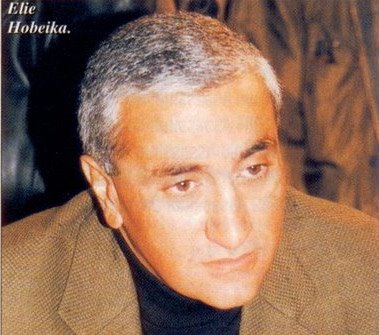
Last Tuesday, the US National Defense University released twenty pieces of confidential documents from Saddam Hussein’s archive, seized by the US Army following Baghdad’s occupation in 2003. What is eye-catching in these documents is Saddam Hussein’s misperception of events: especially his underestimation of Iranian military power before he waged a catastrophic war against his eastern neighbor. According to the documents, less than one week before the war, Saddam predicted that Iraqi forces massing at the borders would intimidate and shatter the morale of the Iranian army; he did not anticipate the Iranian Air Force’s ferocious response to the invasion and its precise bombardment of key structures, such as the Osirak nuclear plant south of Baghdad, which he believed to have been Tel Aviv’s job.
Saddam Hussein suffered an inflexible interpretation of the Iranian army’s power, as it was difficult for him to think outside the Cold War framework: for him, all countries were either allies of the US or the Soviet Union. With his bipolar mentality, Saddam pictured Iran as utterly dependent on US military support (equipment, training etc.), just as he himself relied upon the Soviet Union’s military aid. After the 1979 Islamic Revolution, not only did Iran cut off all its military transactions with the US, but also seized the US embassy in Tehran, which eventually led to severance of diplomatic ties between the countries. Saddam Hussein believed that-- defanged after the Revolution-- the Iranian military forces could not withstand an Iraqi blitz. At that time, Iran found it extremely difficult to purchase military equipment (even spare parts) and weapons. Even Washington thought before the war that the Iranian jet fighters would stop functioning in the short run, as Iran presumably lacked the know-how to repair and maintain its US-manufactured F14s. With such analyses, common among the decision-makers, Saddam was encouraged to think of the Iranian military as feeble and dared to attack his neighbor to the east.
Many high-ranking commanders of the Army –the Shah’s pride and honor- had fled Iran at that time, and others who had decided to stay retired or faced a purge by the government. A broken-down military with a severely damaged hierarchy could not employ its military units to fight in a war.
The attempted Nojeh Coup-- staged by elements inside the Iranian military and what eventually forced a second wave of purges among its top brass-- also emboldened Iraq to wage the war, intended to satisfy its territorial, diplomatic and military ambitions. The Iraqi dictator’s sweet dreams were disrupted the day after he began the war by attacking Tehran’s Mehrabad Airport, when a 140-jet fighter fleet took off from Iranian Air Force military bases and targeted critical Iraqi infrastructures, including its precious nuclear plant, Osirak. In less than a week, Saddam Hussein was convinced that the war would not proceed according to his desires, and hence hastily offered a ceasefire to stop the war unfolding in a way that could undermine his position.



